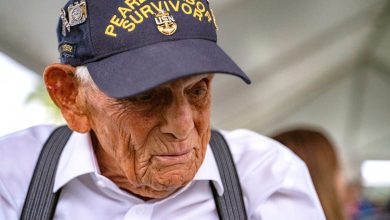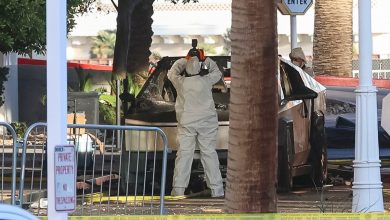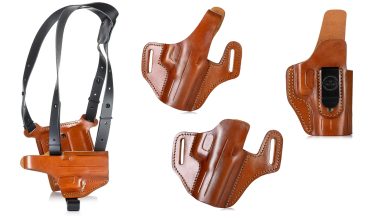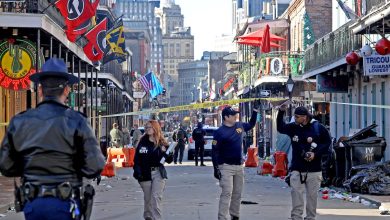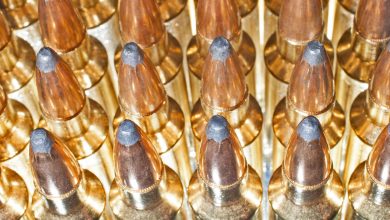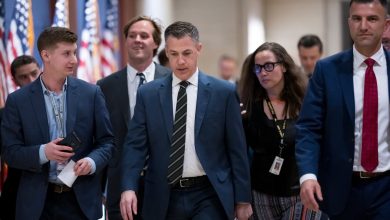What ‘Transformation in Contact’ means for the enlisted soldier
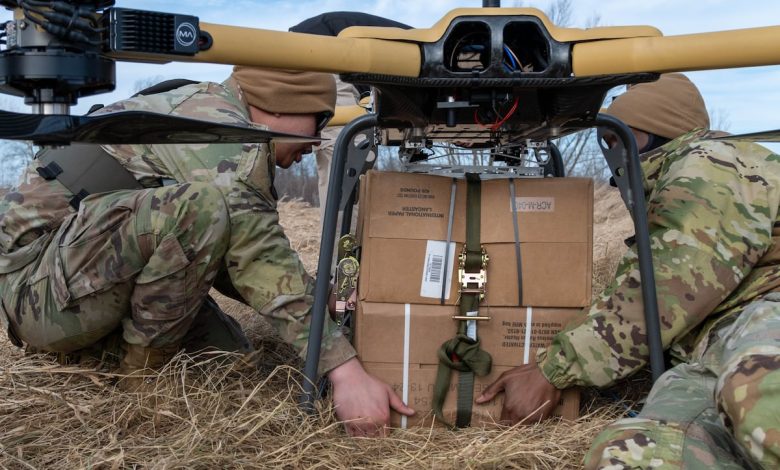
Over the past year, Army Chief of Staff Gen. Randy George and his top generals have merged two constant Army initiatives: readiness and modernization.
Keeping soldiers ready to fight when called and delivering them new gear, updated doctrine and time to train on their equipment and tactics is a balancing act.
Although the Transformation in Contact initiative is part of an Army-wide effort, three brigades have been selected to test out many of the on-the-ground changes, including 2nd Brigade, 101st Airborne Division out of Fort Campbell, Kentucky; 2nd Brigade, 25th Infantry Division out of Hawaii; and 3rd Brigade, 10th Mountain Division out of Fort Drum, New York.
The brigades are buying commercial equipment and reconfiguring their unit structures to find out what they’ll need for a future fight.
RELATED
But the Army has had its waves of modernization and restructuring over the years. Often, those moves have been the focus of colonels, generals and planners, without much input from the junior soldier.
Army Times spoke with Command Sgt. Maj. T.J. Holland, who serves as the senior enlisted leader for Forces Command, which handles mobilization, deployment, sustainment and transformation, about what this transformation means for junior soldiers and enlisted leaders.
The following Q&A has been edited for length and style.
Army Times: From an enlisted perspective, how is Transformation in Contact different from past modernization and readiness efforts?
Command Sgt. Maj. T.J. Holland: When I first heard about it, as an enlisted soldier with almost 30 years in the Army I thought, “Oh boy, I’ve got a new buzzword. We’ve always had those, right? But what does this mean to me, the enlisted soldier?” Well, a few years ago we started looking at what it would mean to make purpose-built brigades. We’ve always task-organized for the mission. For instance, when soldiers deployed to Iraq or Afghanistan, you’d show up to a 20-foot container of equipment provided in theater. And the first question was, “What is this and why do I need this?” Some of it was outdated. We didn’t have a vote as an enlisted soldier — we just got what was handed to us. Now you go into a squad or platoon on one of these experiments you’re going to find a scientist, a concept developer, a program officer; you’re going to find an expert that’s in the dirt with the soldier improving a solution with tactical feedback.
What have been some of the biggest challenges so far in conducting TIC with the selected brigades?
The biggest challenge is resources. Whether its time or the actual technology, it all revolves around that one word: resources. The bottom line is ensuring we get the equipment into that unit’s hands ahead of their training cycle so they can play with it, train on it and employ it at home station. Then they can leverage that capability at a combat training center. But there must be a red line. We established that with 2nd Brigade, 101st Airborne. We establish a red line where we cannot bring any more kit, new kit beyond this point or we’ll fail to get the right feedback.
What have been some of the early success, surprises, rewards of using the TIC approach with these brigades?
A big success has been command and control fix and command and control next. The streamlining of communications equipment has been fundamental. When I deployed to Afghanistan, I had four or more radios just to communicate. That comes with a lot of gear and batteries. And it takes soldiers. I want a soldier with a rifle to be a rifleman; I don’t want that soldier just sitting in a swivel chair working between two radio systems. What we were able to achieve with 2nd Brigade, 101st Airborne at the Joint Readiness Training Center in August was giving every leader with an end-user device the ability to transport voice and digital data on one device. That’s fantastic. I wish I had that as a squad leader all the way through brigade sergeant major.
What should soldiers in non-TIC designated brigades understand about this and how it will affect them in the future?
It’s not Christmas morning. You’re not going to wake up and see presents under the tree suddenly one day. Transforming is hard. You must understand the blocking and tackling of implementing new methods and gear. You must think what a unit must look like for the mission and what my roles and responsibilities are. But it does empower soldiers and leaders to take the initiative. And it’s not some far-off goal. We’re building for the Army of 2030, but units are using this equipment and tactics right now in European Command and Central Command.
What can non-TIC brigade soldiers do now to apply some of what’s being learned from this initiative?
Just look at the multifunctional reconnaissance company in 2nd Brigade, 101st Airborne. Brigades have everything in their hands and their formations right now to build that unit. They have a reconnaissance platoon, a heavy weapons platoon, a mortar platoon. Then they add a robotics and autonomous systems platoon. And now we’re funded for brigades to buy commercial equipment in these areas for their own experimentation. And they can work on the art and science of mission command by experimenting with their networks and command and control for better command posts. They’ll need to learn that if my unit is too big for the mission, it will cause problems. And if it’s too light or too small then I can’t do my job and I’m burdening the command’s support.
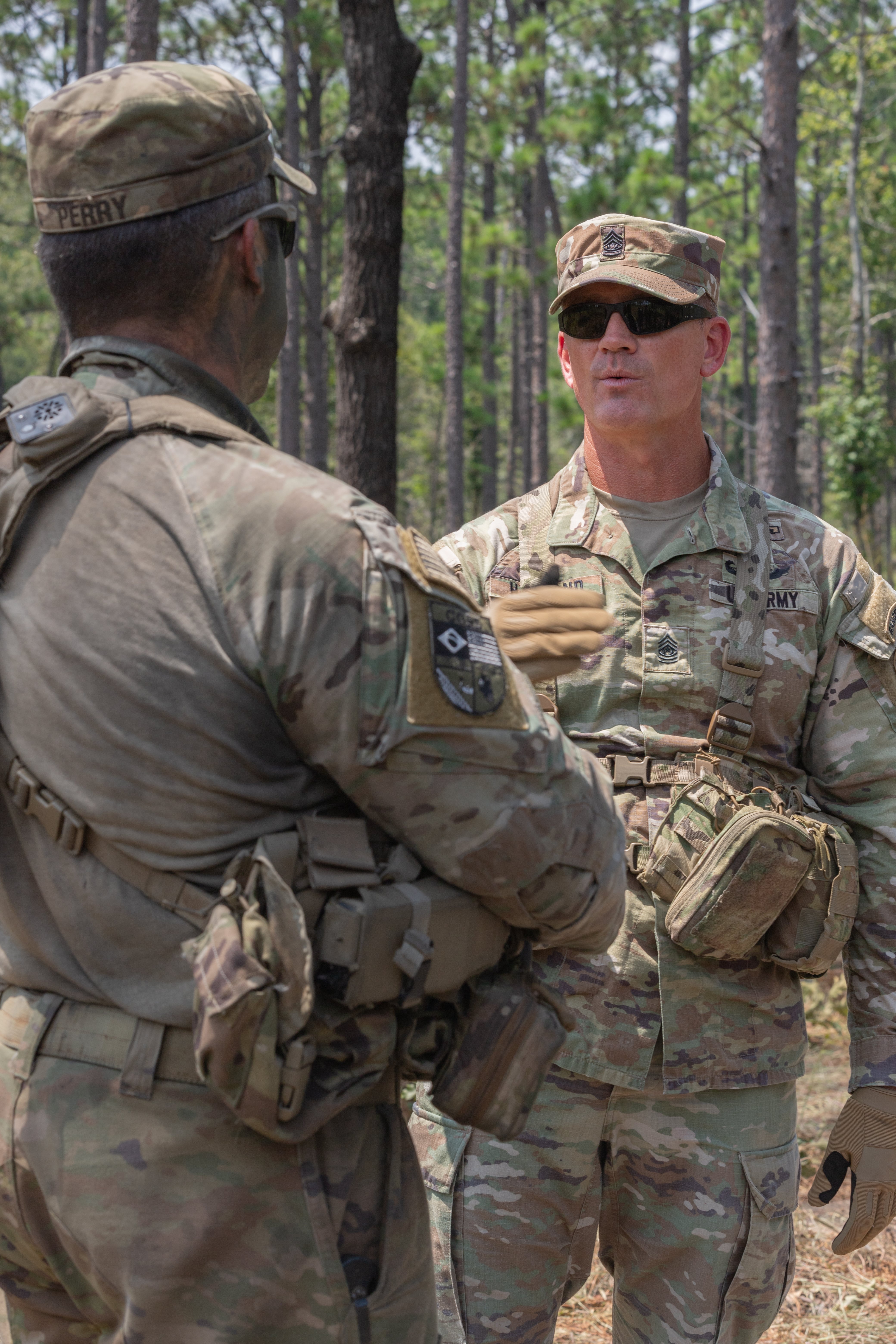
Given your decades-long Army career, what has been your past experience with modernization efforts and how is it different for the Pvt. Holland in today’s formation?
I started my career as a paratrooper in the 504th Parachute Infantry Regiment, 82nd Airborne Division. That was a brigade with just three infantry battalions. We only received extra enablers, other supporting units and capabilities, when we went to the field or to a combat training center rotation. When I came up in the Army, I didn’t have a conversation with my platoon sergeant unless he made eye contact. Nobody cared what my idea was even if it was a good idea. But, for example, the IED-defeating Rhino counter-IED system was developed by soldiers in Iraq. It saved lives. But those examples are too few and far between. Now we have soldiers computing on the edge, using 3D printers to make parts and solve problems.
Todd South has written about crime, courts, government and the military for multiple publications since 2004 and was named a 2014 Pulitzer finalist for a co-written project on witness intimidation. Todd is a Marine veteran of the Iraq War.
Read the full article here


